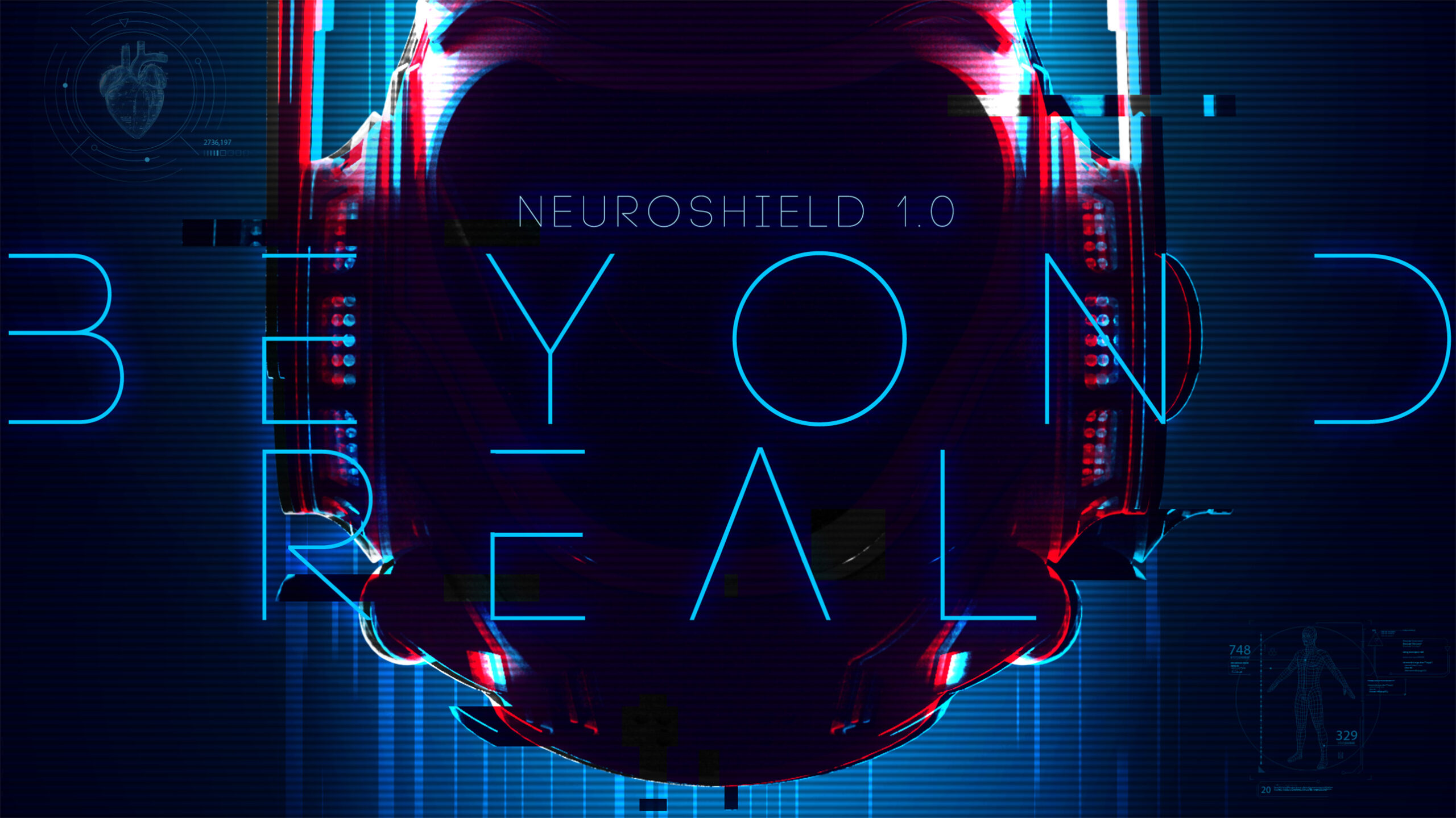
Brooks
Brooks Rehabilitation is a nonprofit physical rehab system founded in 1969 by surgeon Dr. J. Brooks Brown in Jacksonville, Florida, addressing a shortage of hospital beds and patient rehabilitation services. It opened its first hospital in 1970 and evolved into Memorial Regional Rehabilitation Center before being renamed Brooks Rehabilitation in 1999 to honor its founder. Over five decades, Brooks has expanded to include inpatient and outpatient hospitals, home health, skilled nursing, assisted living, memory care, and community programs, supported by a strong research and education focus. Its mission is to empower individuals to achieve their highest recovery and participation in life through excellence in rehabilitation.
The Brief
The brief was to design a highly imaginative, futuristic helmet as the centerpiece for Brooks Rehabilitation’s PR campaign, “The Safest Helmet in the World.” The concept needed to be visually bold, thought-provoking, and intentionally over-the-top. The design had to explore futuristic technologies and materials—pushing beyond the limits of current reality—while reinforcing the message that no helmet can provide absolute protection. The goal was to spark conversation through an exaggerated visual statement that embodied innovation without claiming feasibility. It served as a powerful metaphor for safety awareness, aligning with Brooks Rehabilitation’s mission to educate and advocate for injury prevention.
The Solution
In response to the brief, a bold and futuristic helmet design was created to headline Brooks Rehabilitation’s “The Safest Helmet in the World” campaign. The solution explored advanced technologies in a deliberately exaggerated way. Key features included a digital visor interface with an integrated HUD, air puffs that adjusted to match impact speeds, and a multi-layered shell using materials like titanium. Additional innovations featured a 360-degree camera, GPS, a CPU with full AI integration, and a robust ACRS (Air Cushion Restraint System). The helmet also included a spine protection system and numerous other safety enhancements, presenting a striking vision of imagined innovation.
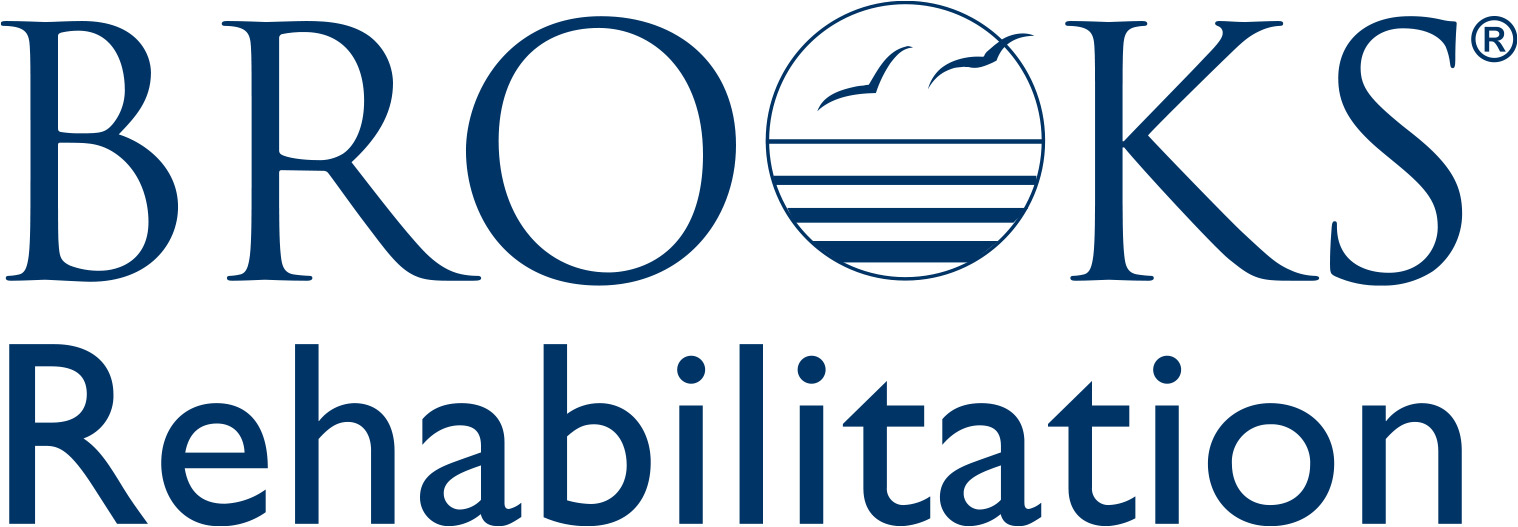
Inspiration
Inspiration for the concept drew heavily from iconic helmet designs found in science fiction and pop culture. Influences included the sleek, tech-forward aesthetic of Robocop, the compact, functional design of Ant-Man, and the uniform, militaristic look of Stormtroopers. These references helped shape a helmet that felt both familiar and futuristic—blending nostalgia with innovation. The result was a bold visual statement that paid homage to classic heroes while pushing the boundaries of what a helmet could represent.

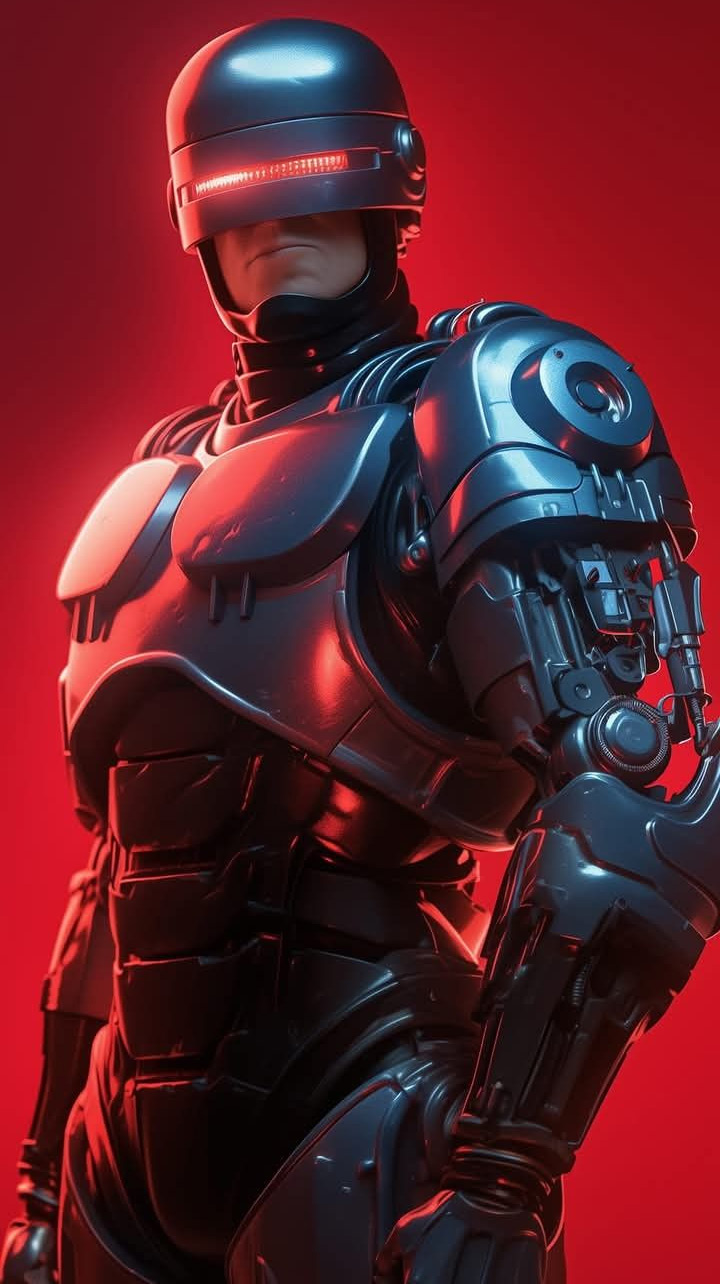
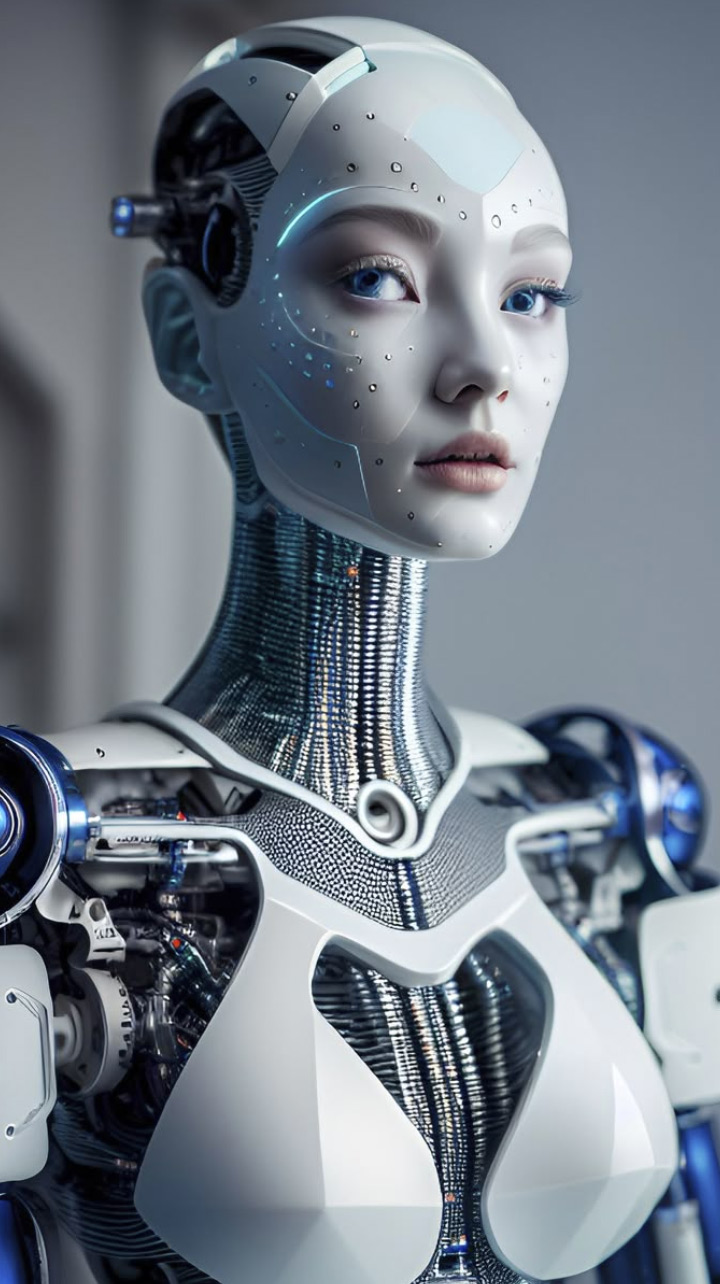
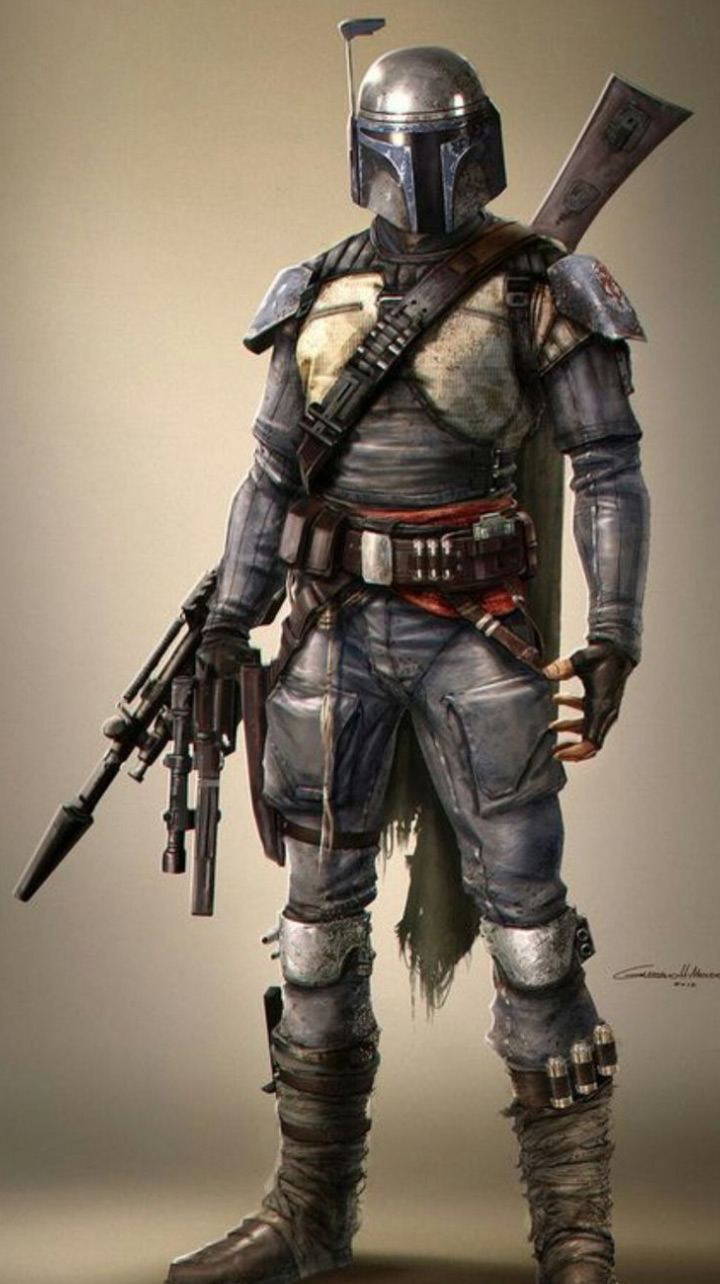
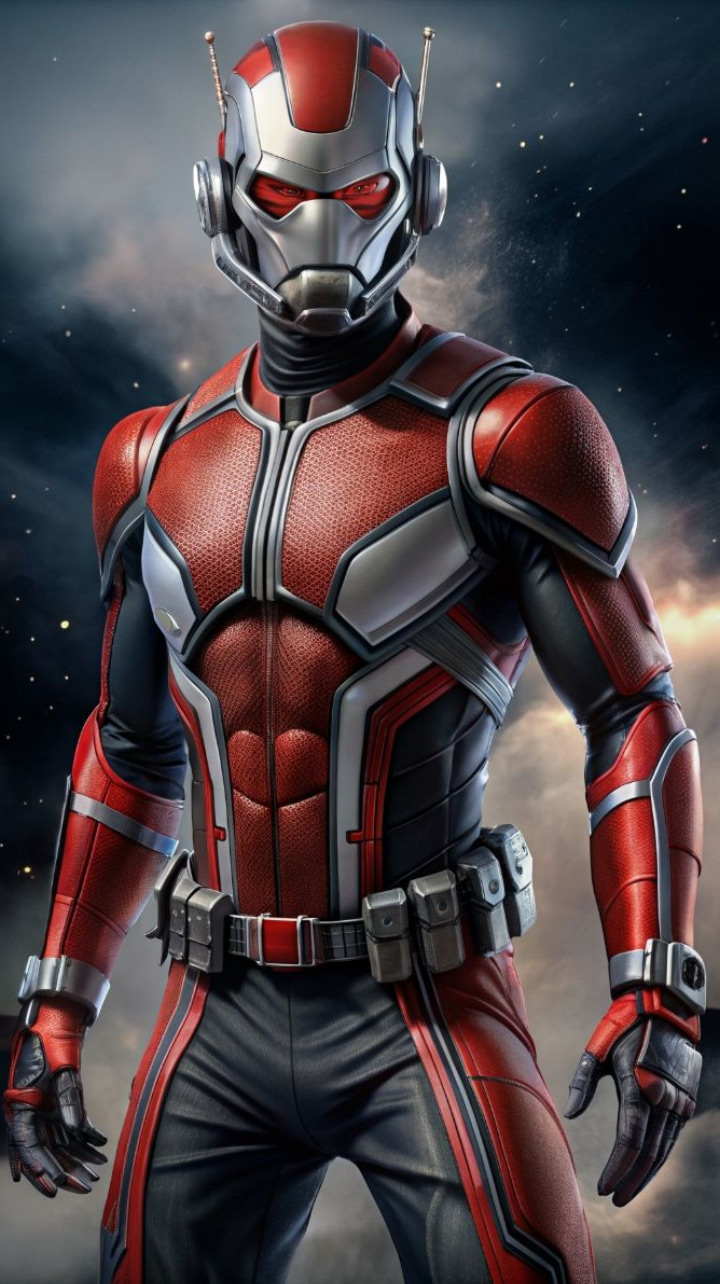
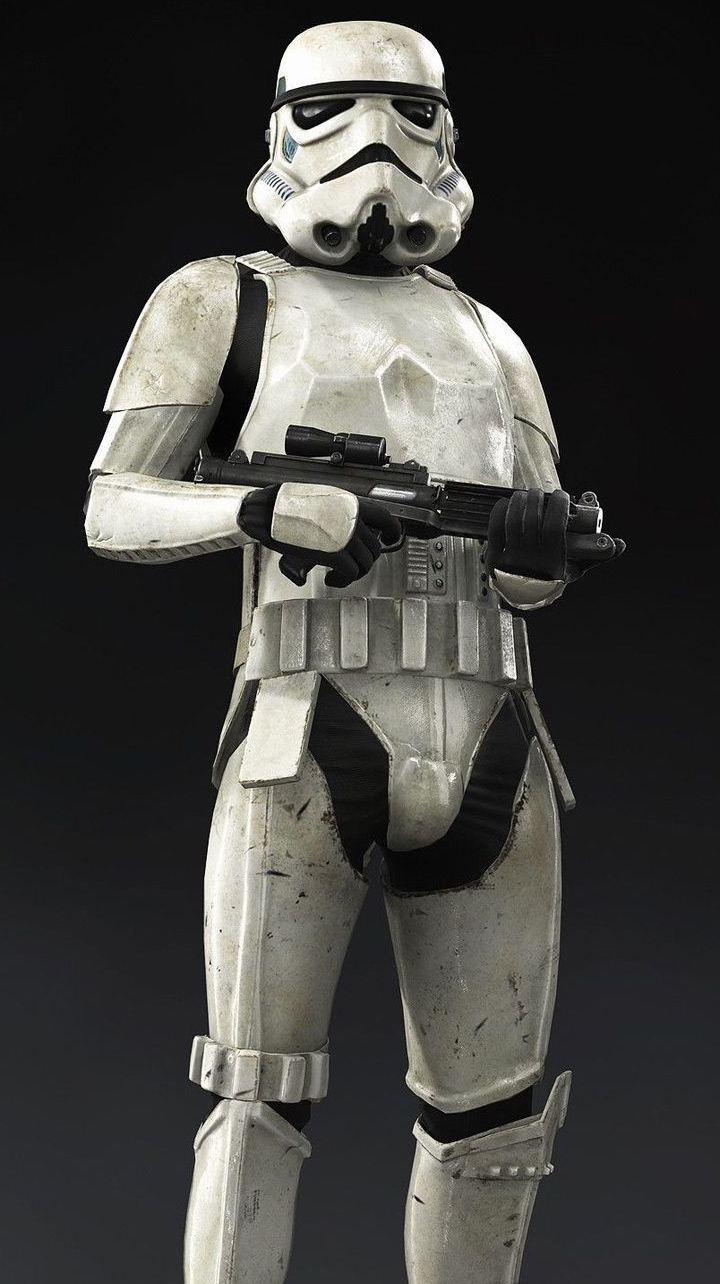
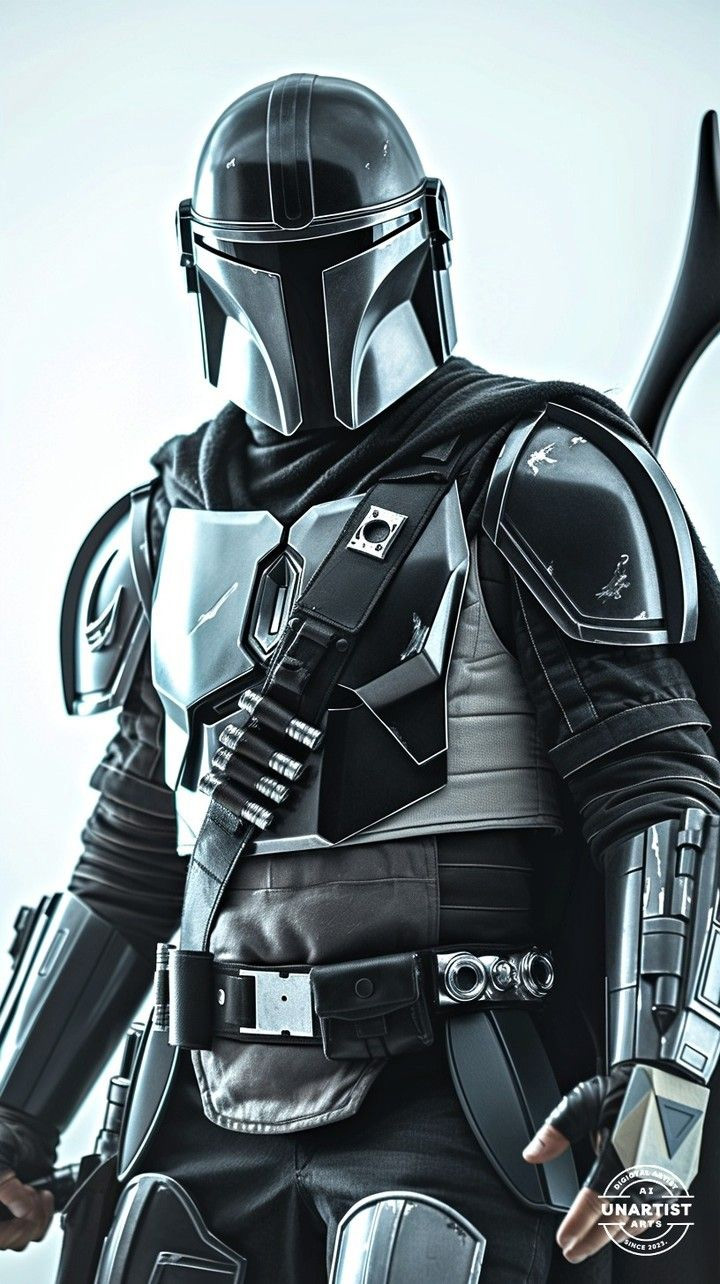
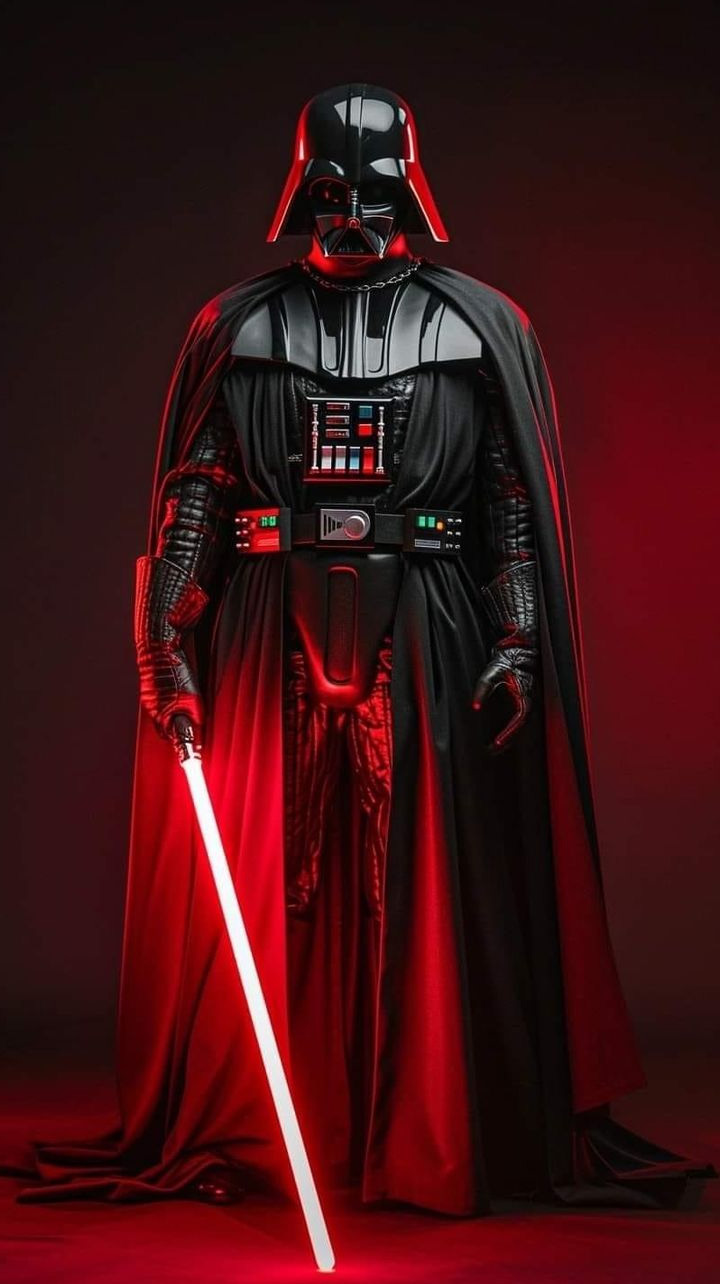
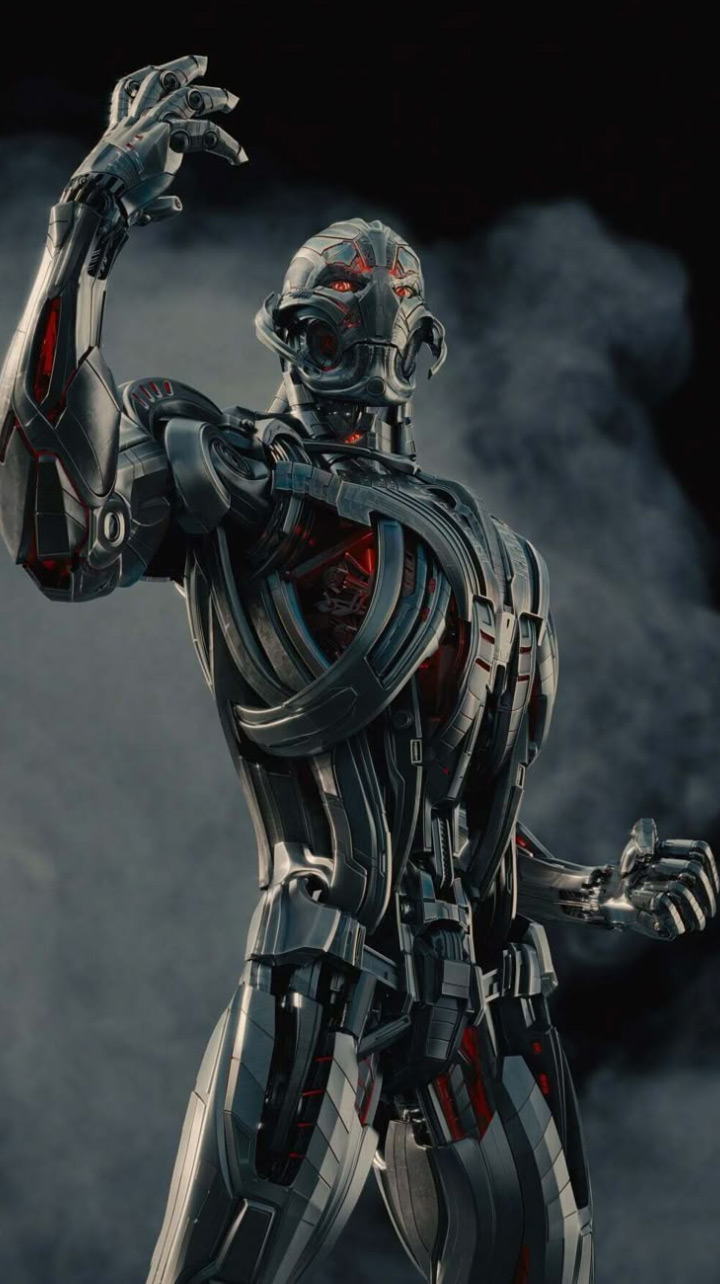
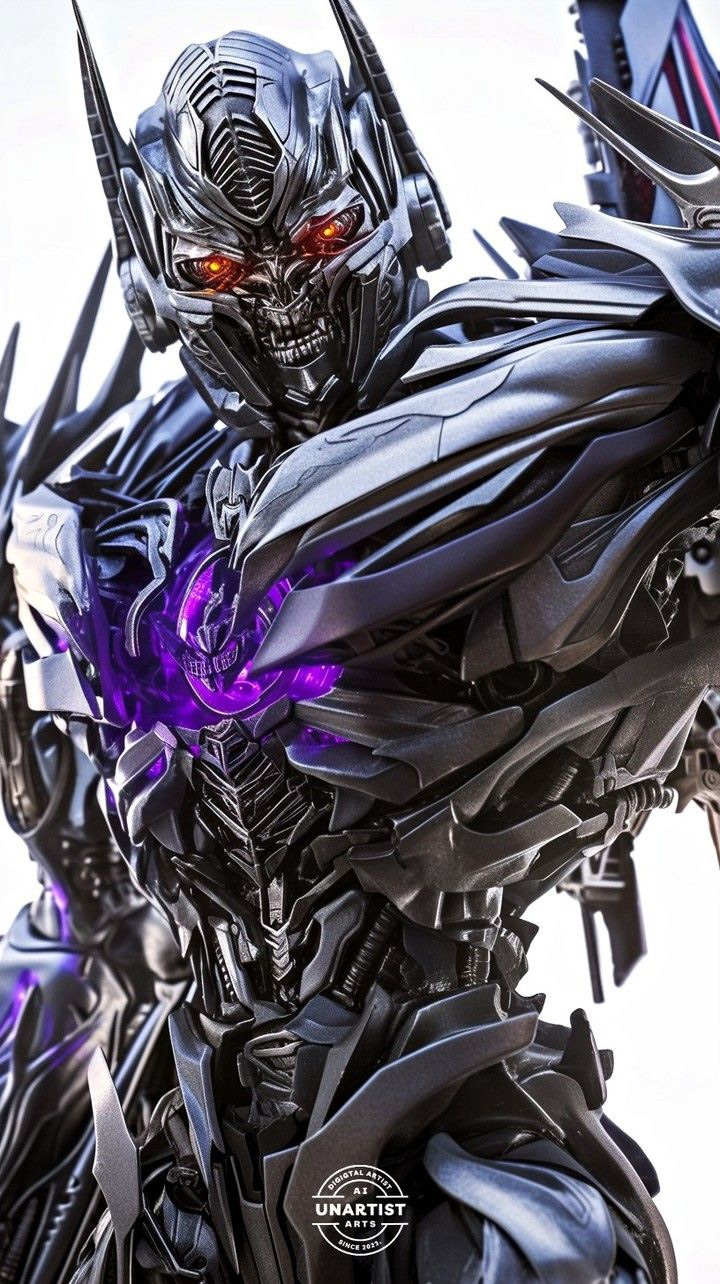
Concept Sketches
The concept sketch process for this project began with brainstorming visual elements, translating the campaign’s themes into initial rough drafts. Multiple iterations were created, exploring various futuristic helmet designs that emphasize bold, over-the-top features. One of the designs that was not used is shown below.
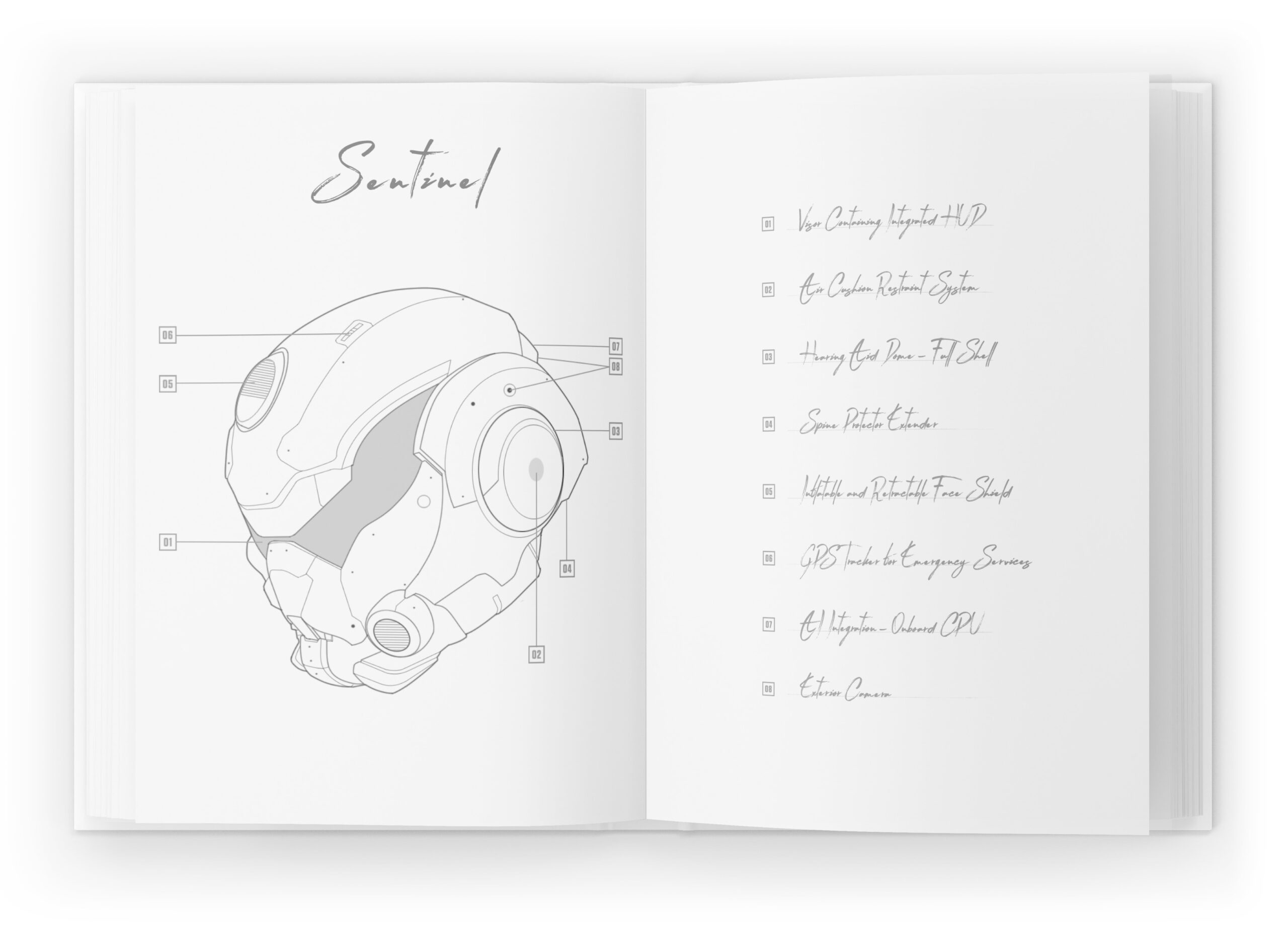
3D Modelling
The 3D modeling process started with a block-out in ZBrush, where the basic helmet shape and proportions are established. This rough model is then refined in Plasticity, focusing on adding intricate details and refining the futuristic design elements. The software helps develop clean, high-quality surfaces and advanced features.
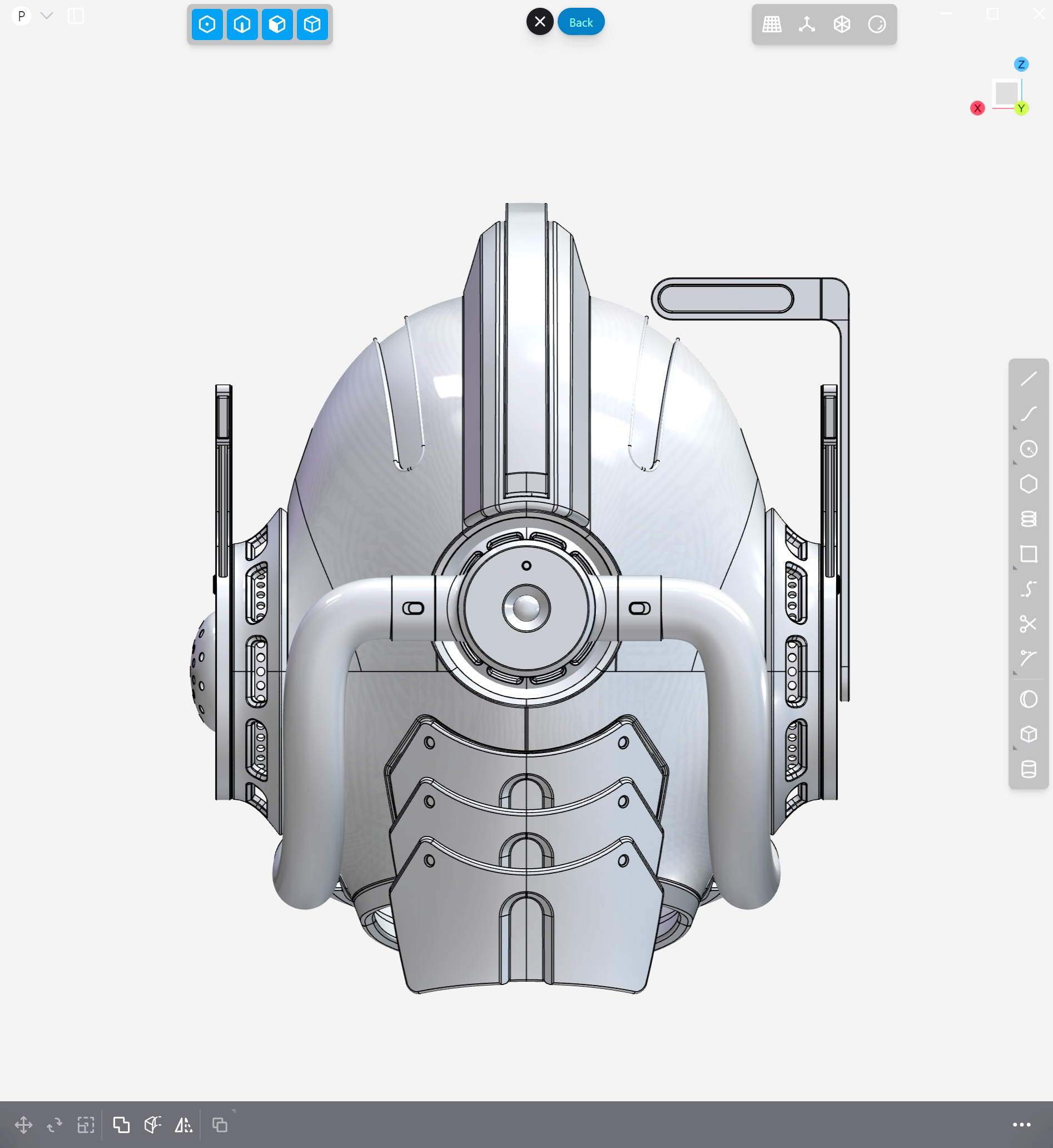
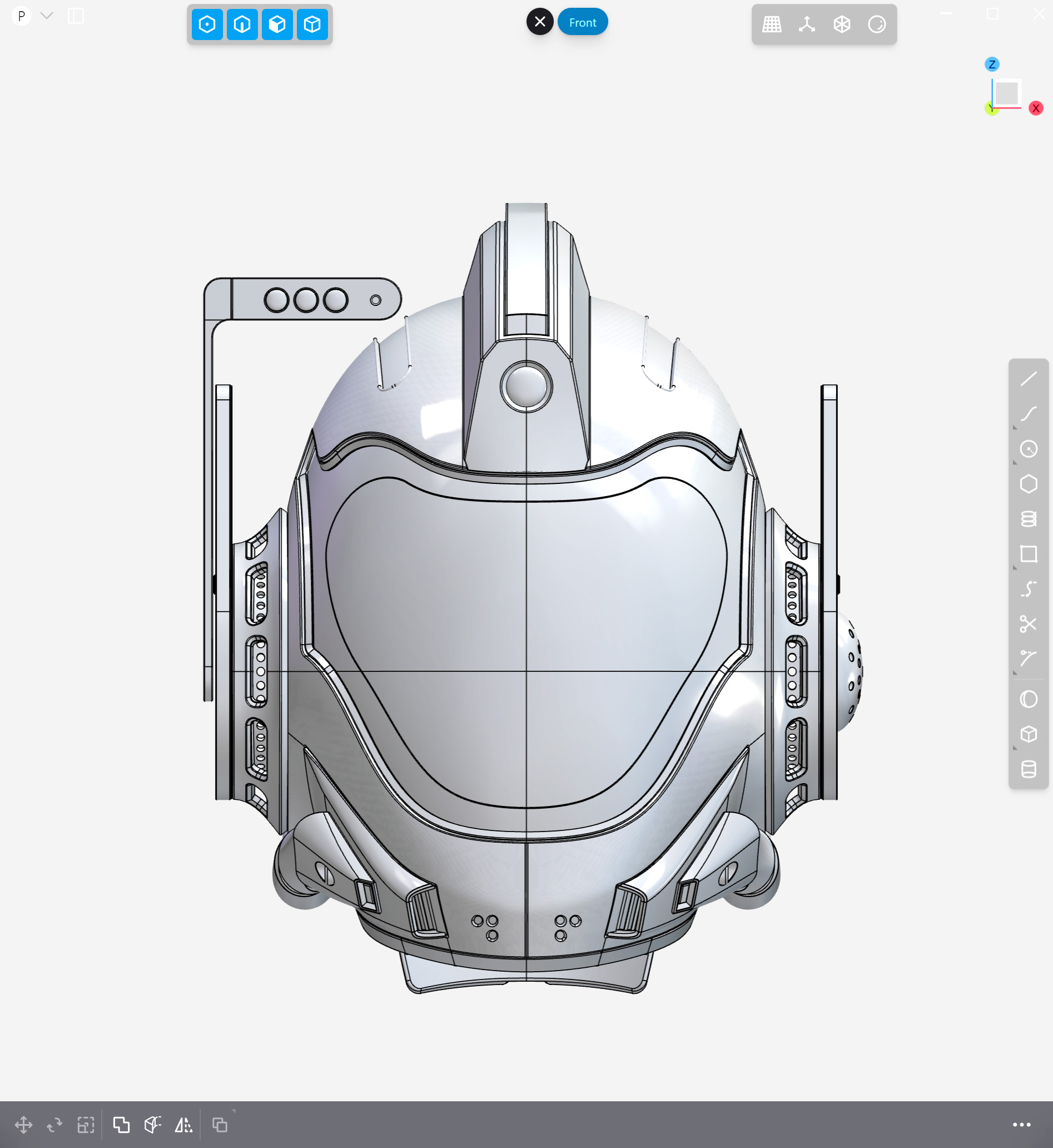

Materials
The helmet was imagined using advanced, fictional materials to symbolize ultimate protection. It featured a graphene outer shell for strength, rainbow anodized steel plating for impact dispersion, and layered composites like titanium alloys. Each material was chosen to exaggerate safety while highlighting the limits of real-world helmet technology.
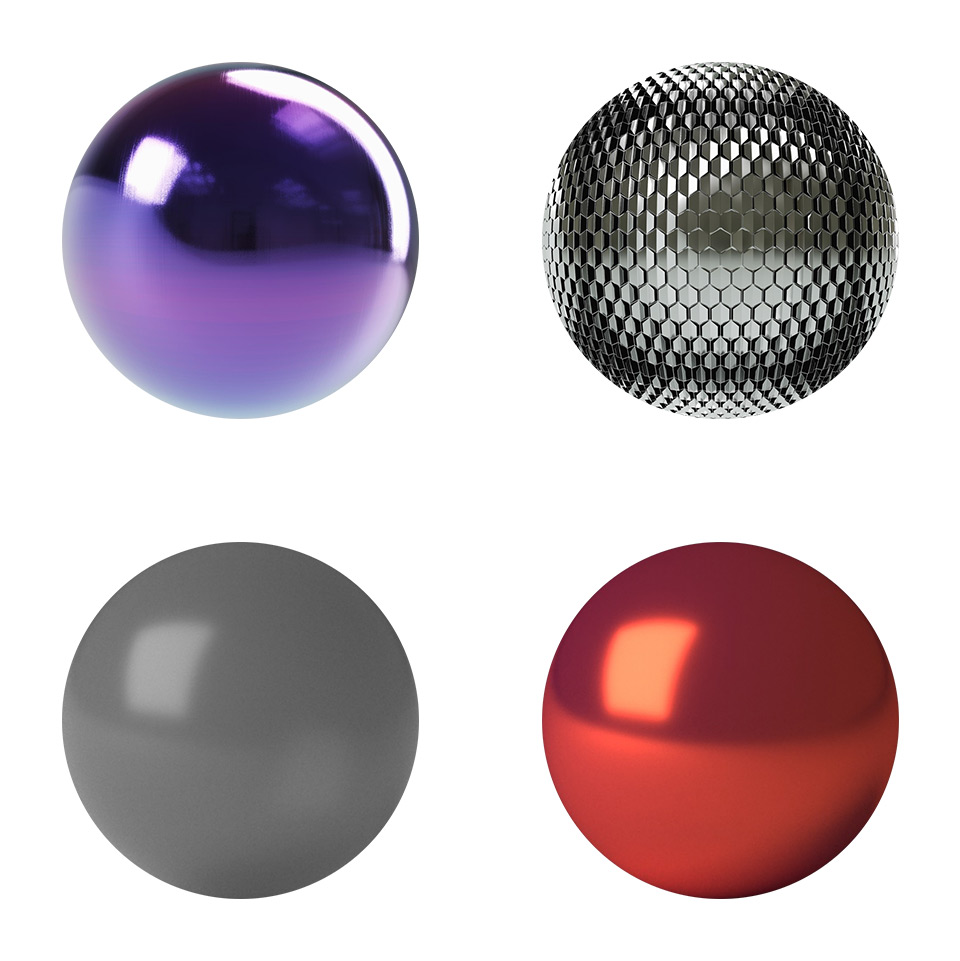
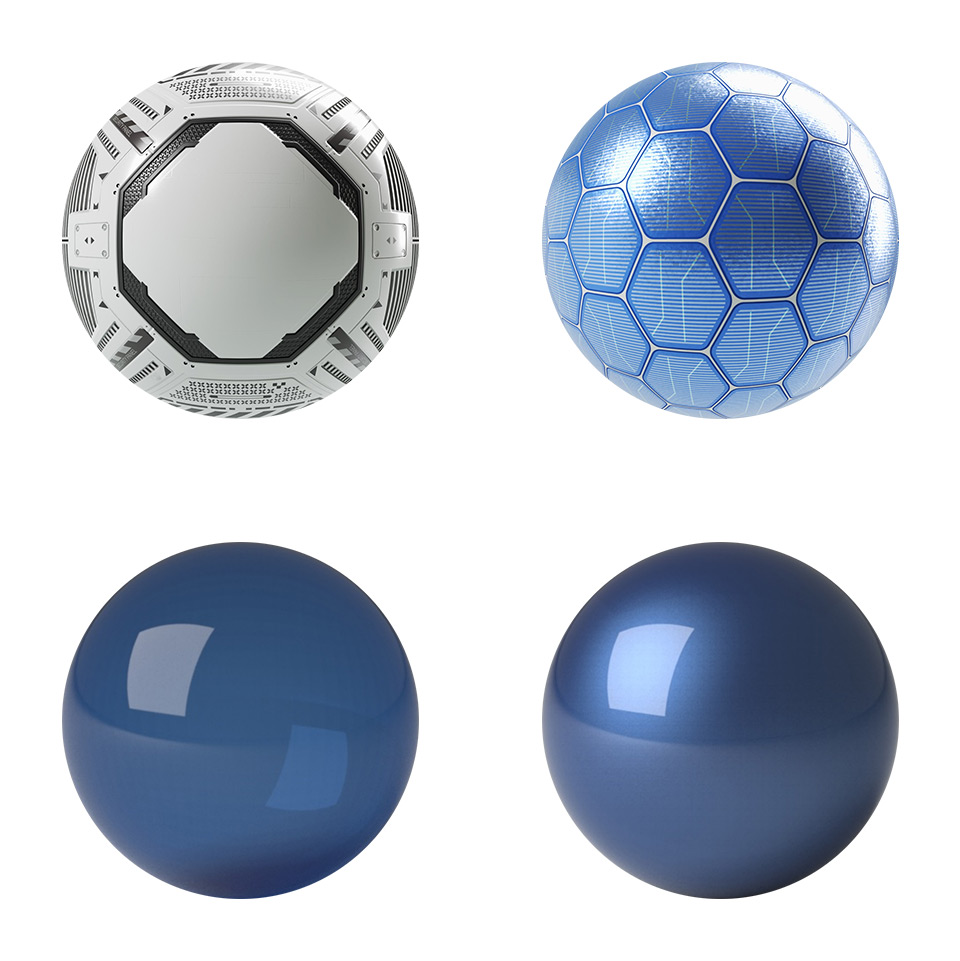
Technology
The helmet incorporates advanced technology, starting with a visor featuring an integrated Heads-Up Display (HUD) that streams essential data like weather updates, calls, messages, and 360-degree camera feeds. Its Air Cushion Restraint System (ACRS) deploys protective air bags upon impact. A communications receiver enables connectivity via mobile, Bluetooth, Wi-Fi, GPS, and more. Fusion Energy Solar Panels provide power even in low light. Additional features include a spine protector extender, retractable diamond face shield, emergency beacon, powerful external microphone, and fiber optic power cables. The helmet’s structure is reinforced with graphene casing and rainbow anodized steel plating.
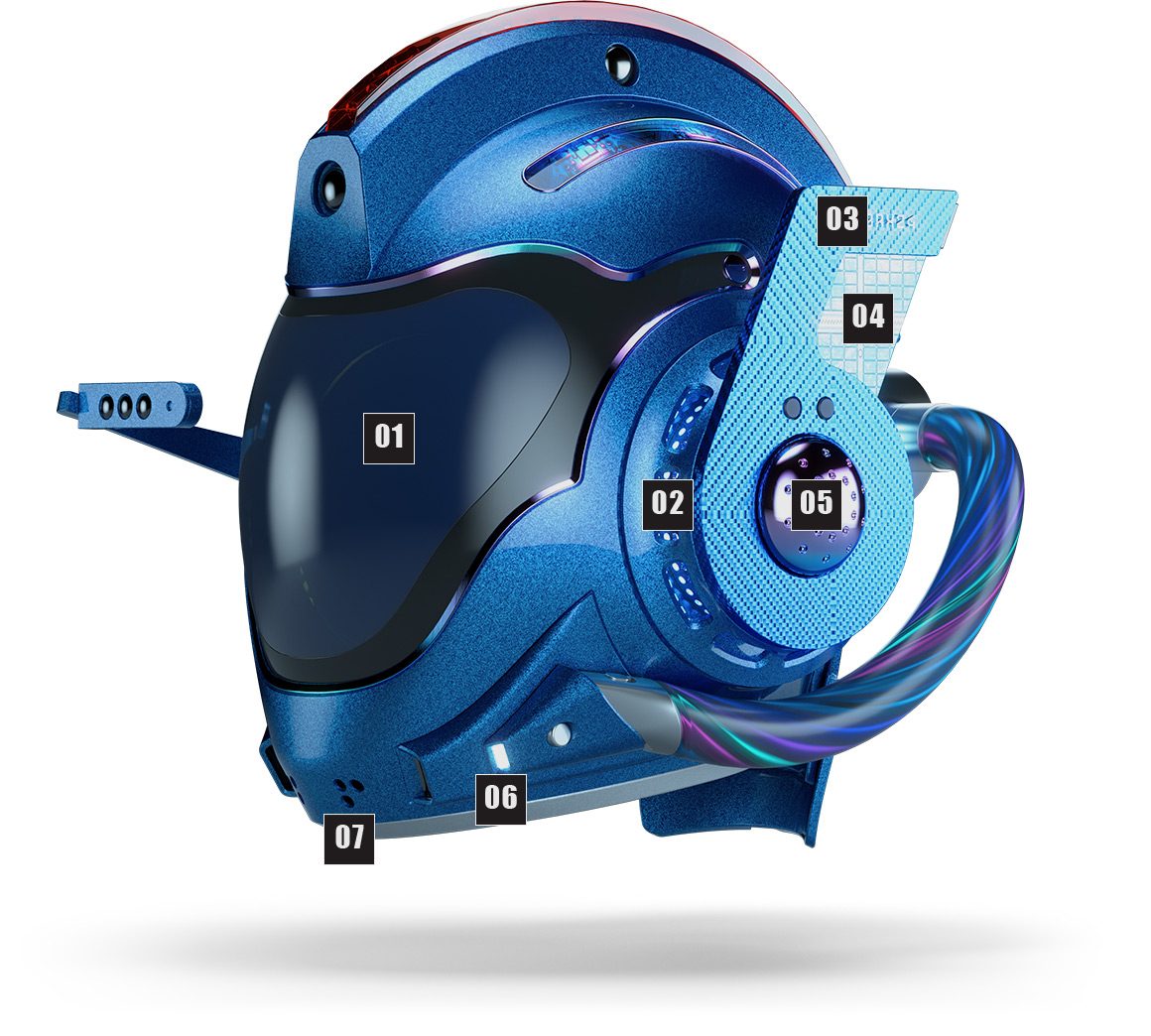
01. Visor containing Integrated HUD 02. Air Cushion Restraint System 03. Comms Receiver
04. Fusion Energy Solar Panels 05. Audio Receiver 06. Exterior 07. Front Light
04. Fusion Energy Solar Panels 05. Audio Receiver 06. Exterior 07. Front Light
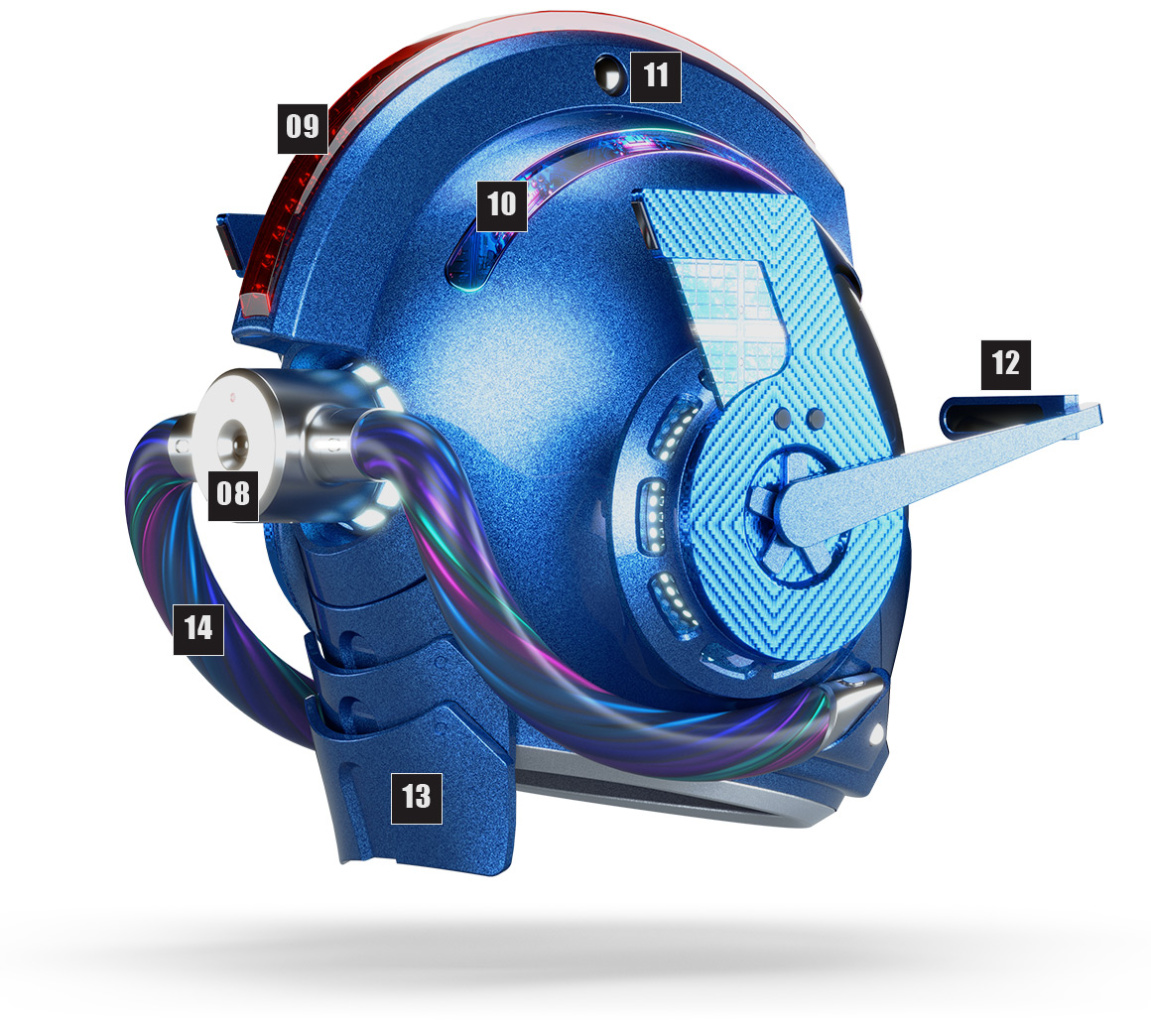
08. Rear Camera 09. Emergency Beacon 10. Onboard CPU 11. Side Cameras
12. Retractable Telescope 13. Spine Shield Protector 14. Fibre Optic Cables
12. Retractable Telescope 13. Spine Shield Protector 14. Fibre Optic Cables
HUD UI
The Heads-Up Display (HUD) featured a sleek, intuitive UI designed to mirror advanced aerospace and military interfaces. Key data such as GPS navigation, environmental readings, impact warnings, and system diagnostics were presented in layered, semi-transparent overlays to maintain clear visibility. The layout prioritized user focus, with eye-tracking navigation and voice activation for seamless control. Animated icons, real-time sensor feedback, and AI-generated alerts added to the immersive experience, giving the helmet a cutting-edge, intelligent interface.
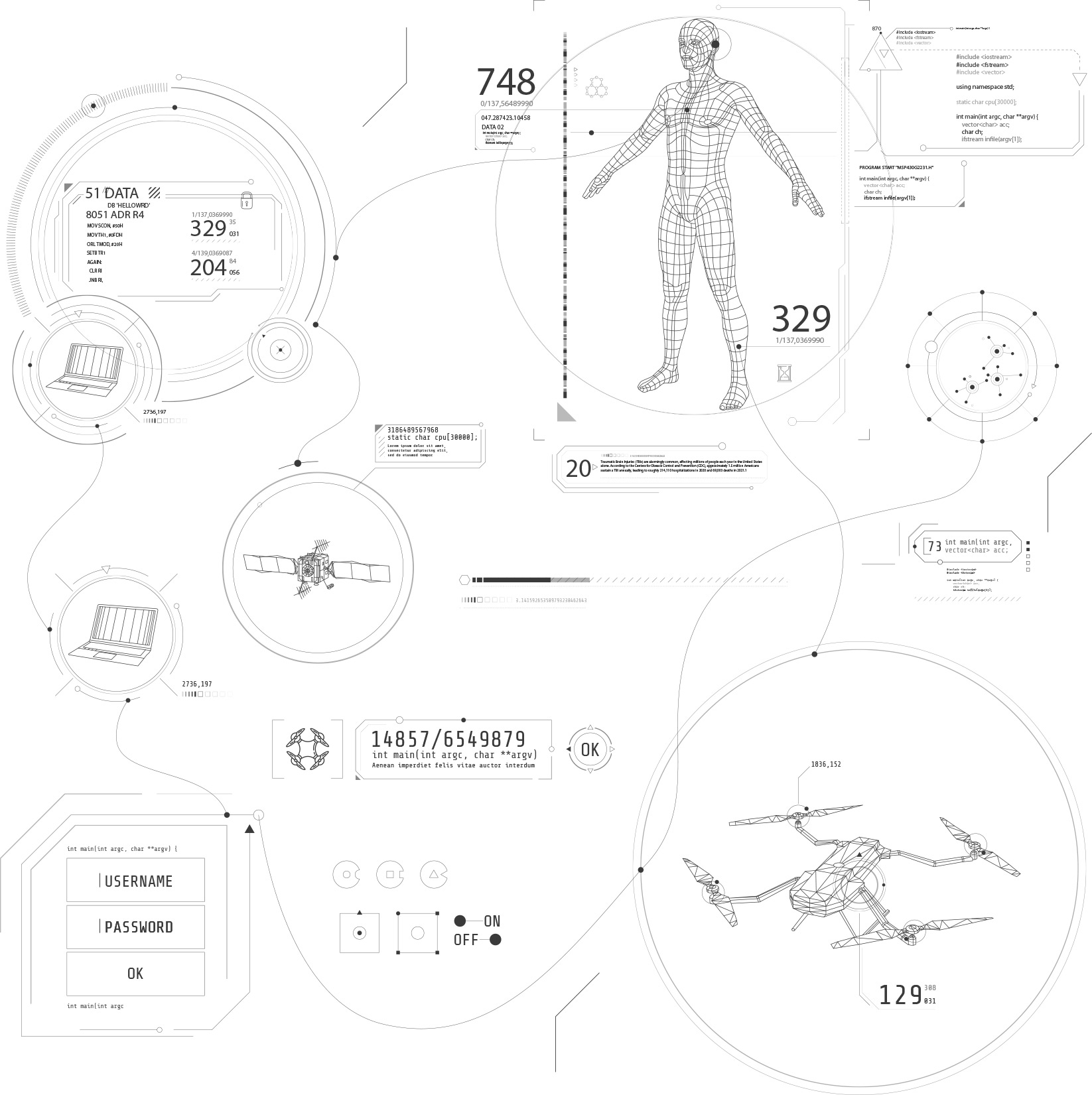
Key Visuals
The final 3D rendered key visuals showcased the helmet’s sleek, futuristic design with dramatic precision. The HUD visor, advanced materials, and integrated technologies—such as the air cushion system and 360-degree cameras—were prominently featured, emphasizing a bold, high-tech aesthetic. Intricate details like the graphene casing and rainbow anodized steel plating added depth and realism. Plasticity models were imported into 3DS Max, where custom VRay shaders simulated complex material interactions. Final renders were meticulously composited in Photoshop, achieving a polished, cinematic look with enhanced lighting, atmosphere, and visual storytelling.
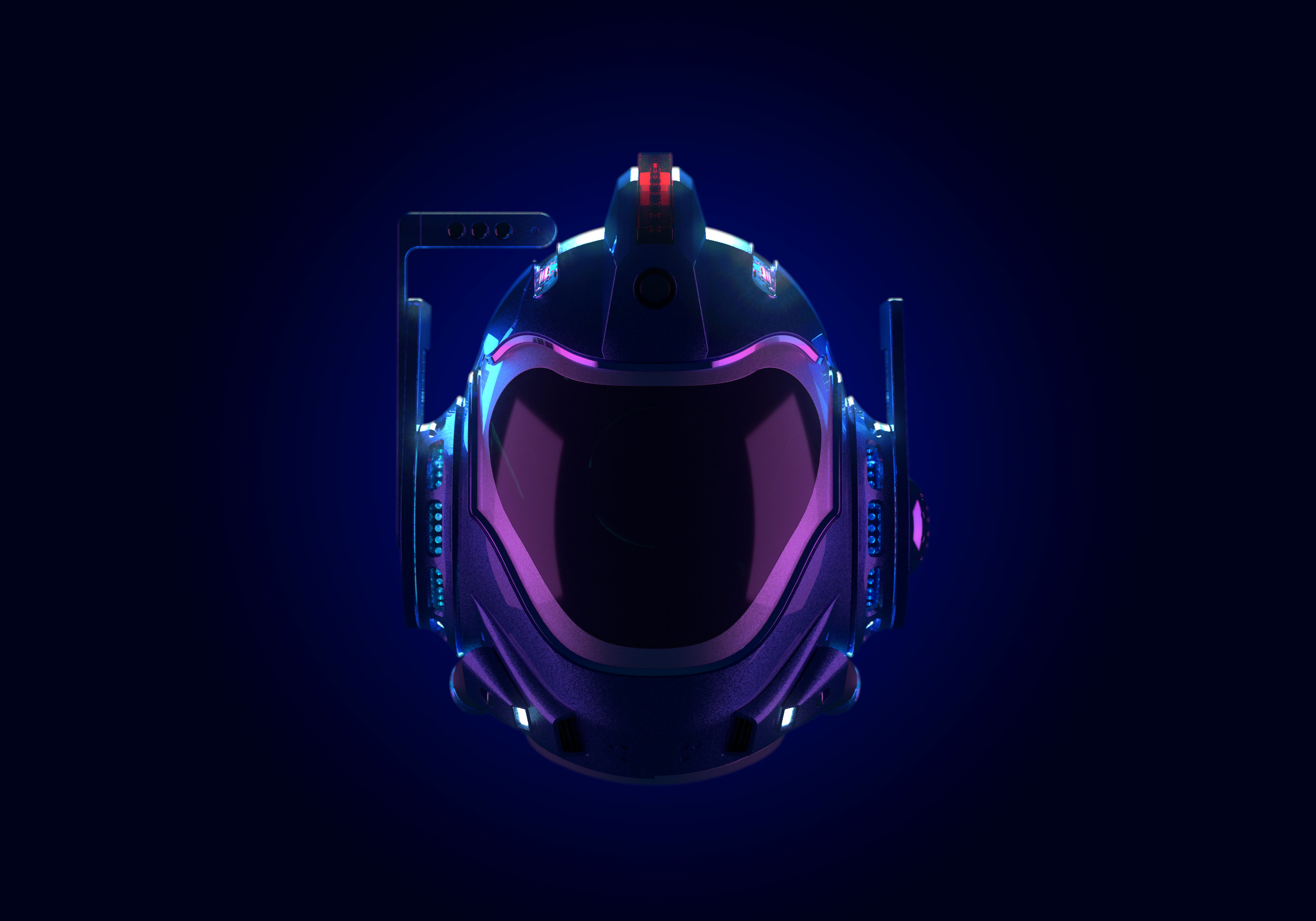
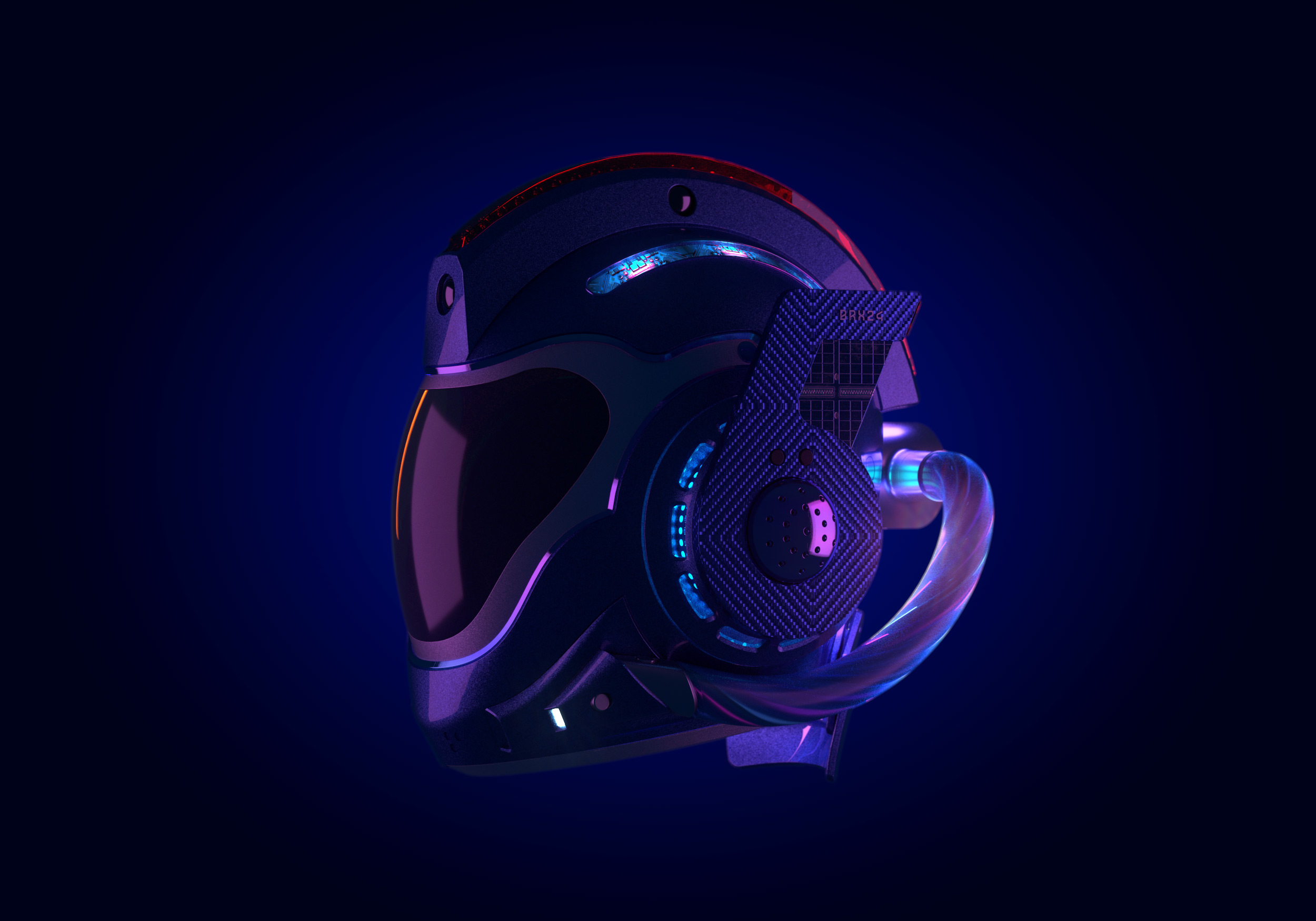
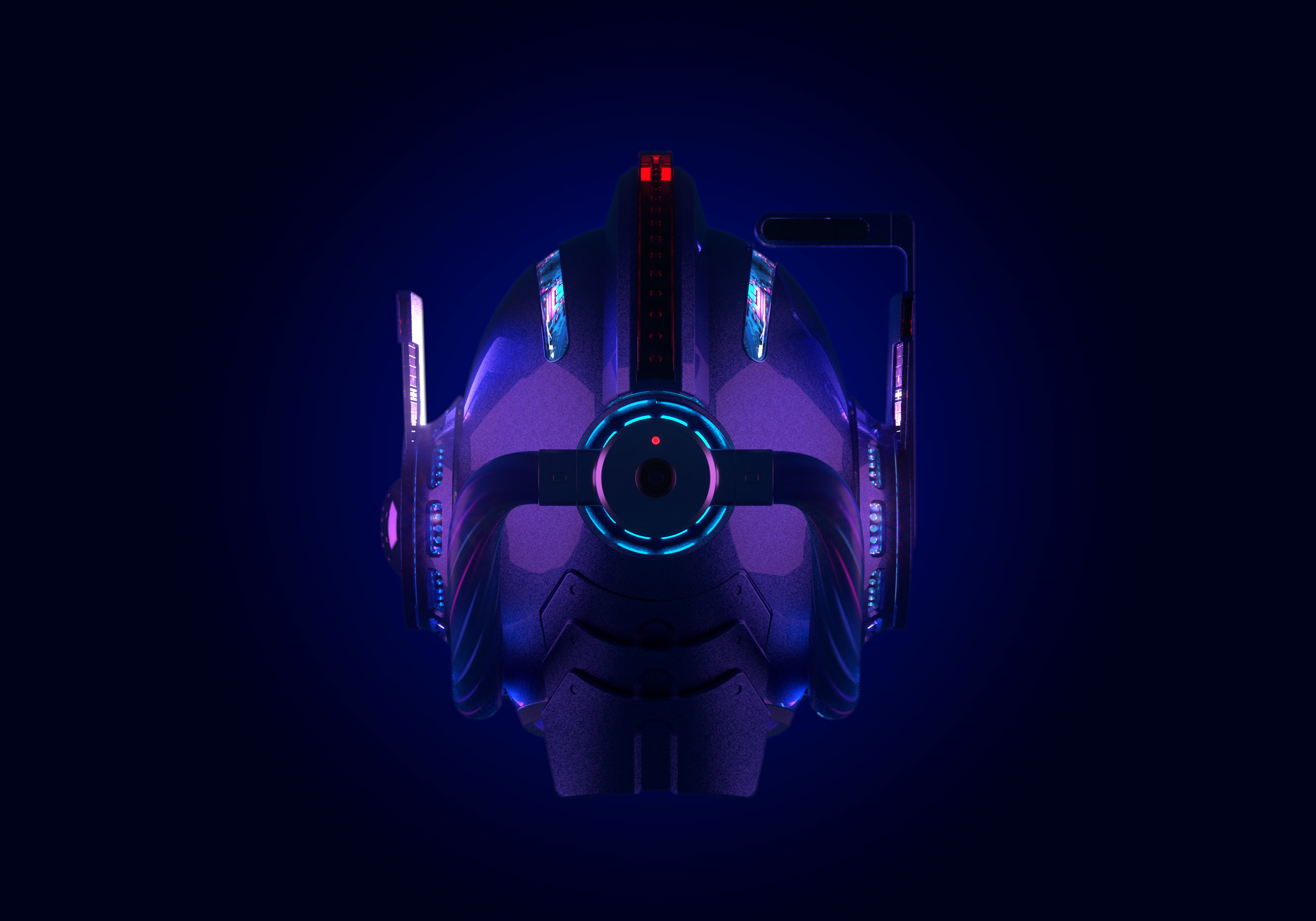
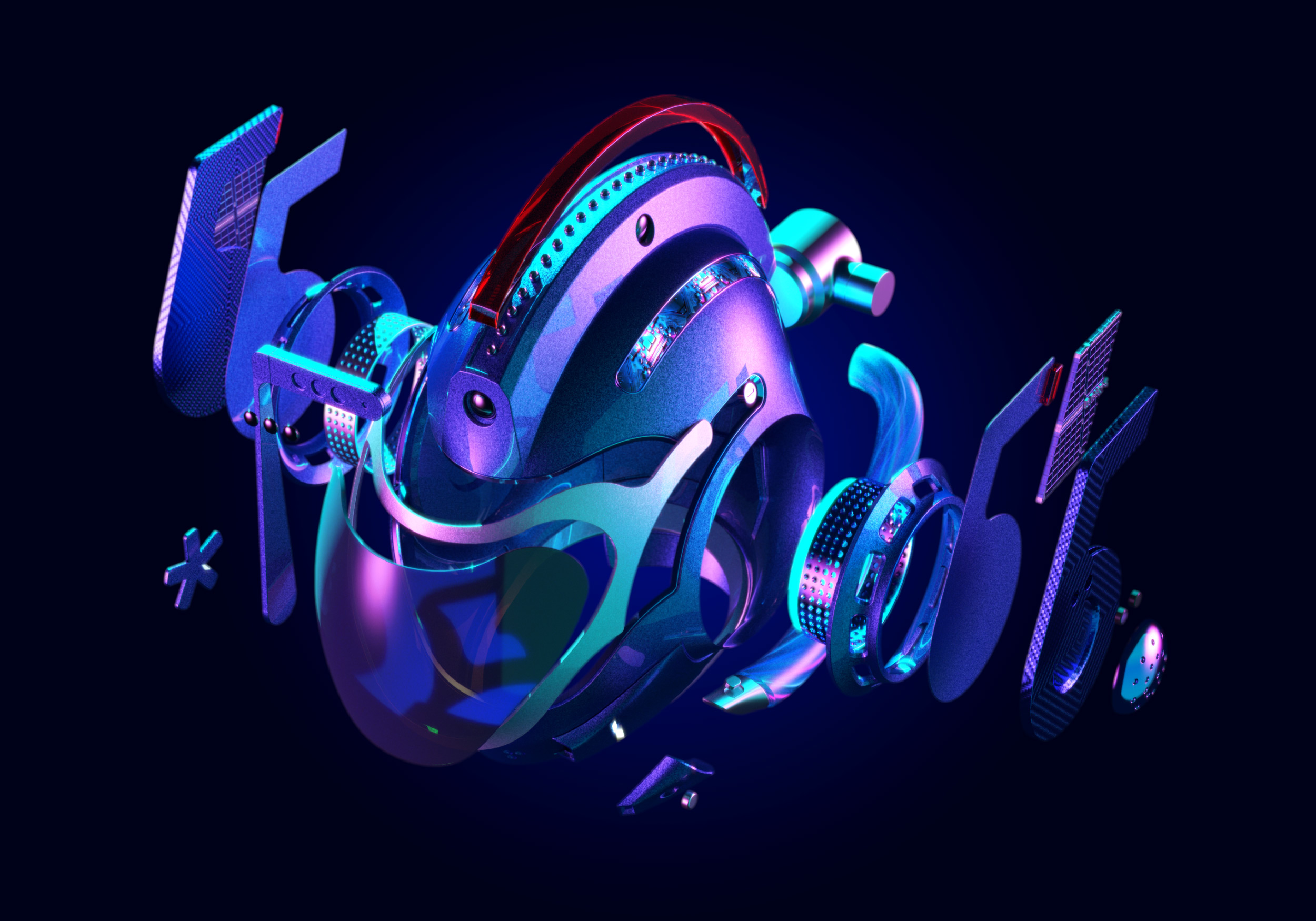
Poster Design
The poster design features a dramatic, cinematic rendering of the NeuroShield helmet, spotlighted against a dark, atmospheric background. Bold lighting, rich textures, and minimal typography create a striking visual that underscores the campaign’s powerful message.
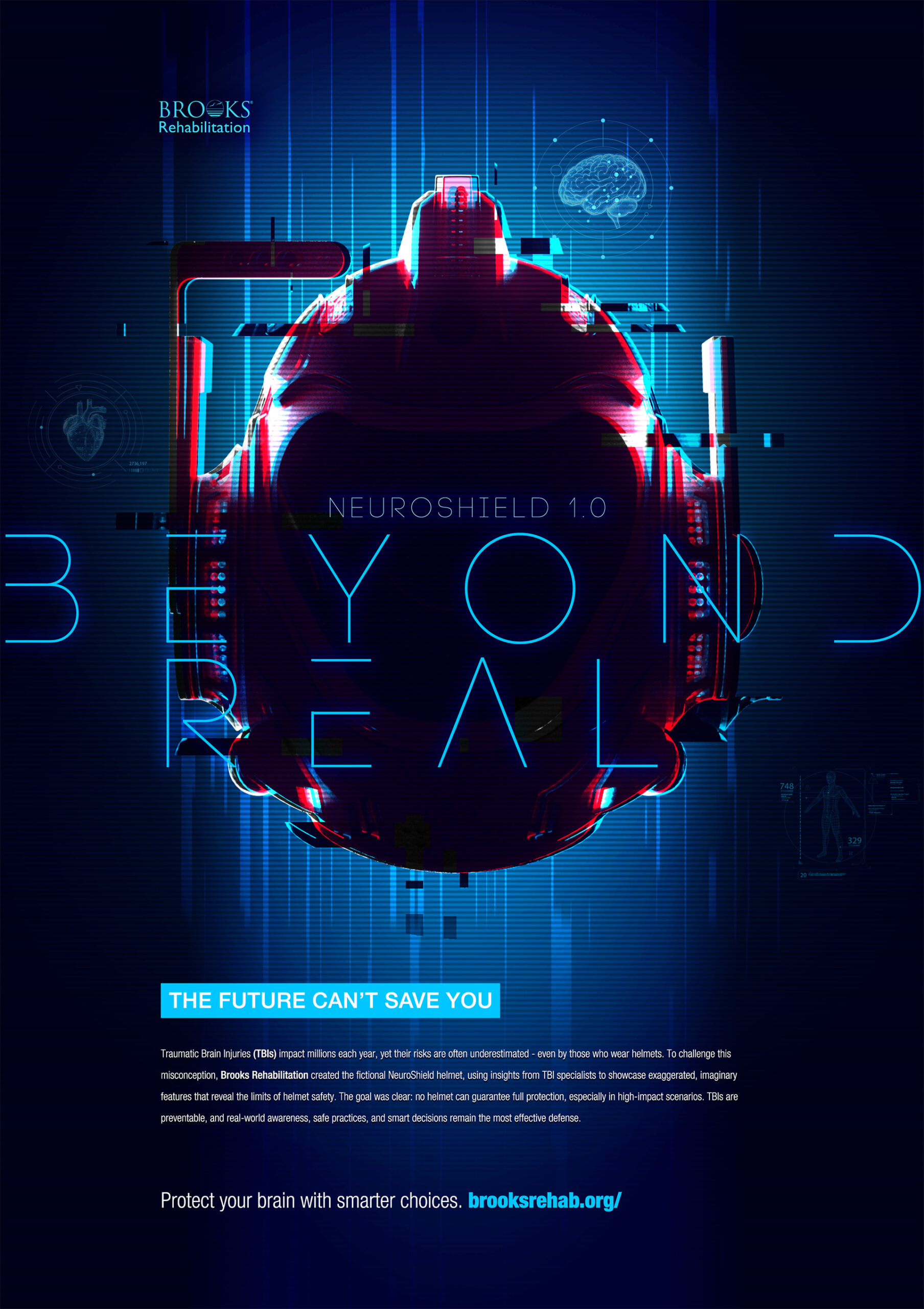
Output
Key Visuals
Poster Design
3D Model
My Role
Art Director
Graphic Designer
Technical Artist
3D Modeller
Concept Artist
UI Designer
Deployed
Website
Mobile App
Social Media
Skills
3D Modelling
3D Texturing
UVW Mapping
Lighting
Rendering
Compositing
Drawing
Art Direction
Graphic Design
Software
3DS Max
Vray
Substance Painter
ZBrush
After Effects
Photoshop
Illustrator
Plasticity
Duration
5 weeks
